Repurpose & Organize
 I’m often asked by a potential clients if they can purchase any organizing products in preparation of our work appointment. My answer is usually no. (The exception is when we’re working in a brand new space.) The reason for my “no” answer, is that in the process of organizing we uncover, discover, locate, unearth, and find plenty of items that can be re-purposed as suitable organizing products. Re-purposing items in our spaces allows us to be more economical and environmentally conscious.
I’m often asked by a potential clients if they can purchase any organizing products in preparation of our work appointment. My answer is usually no. (The exception is when we’re working in a brand new space.) The reason for my “no” answer, is that in the process of organizing we uncover, discover, locate, unearth, and find plenty of items that can be re-purposed as suitable organizing products. Re-purposing items in our spaces allows us to be more economical and environmentally conscious.
Here are a few examples of how I re-purposed products in my home:
1. Re-purposed coffee mugs holding
brushes, razors, and pens
 2. Re-purposed notepaper boxes
2. Re-purposed notepaper boxes
holding ziplock bags and garbage bags
 3. Re-purposed bread container holding
3. Re-purposed bread container holding
measuring cups and small baking tools

© May 2014 Janine Cavanaugh, CPO® All rights reserved

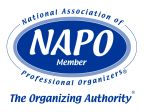

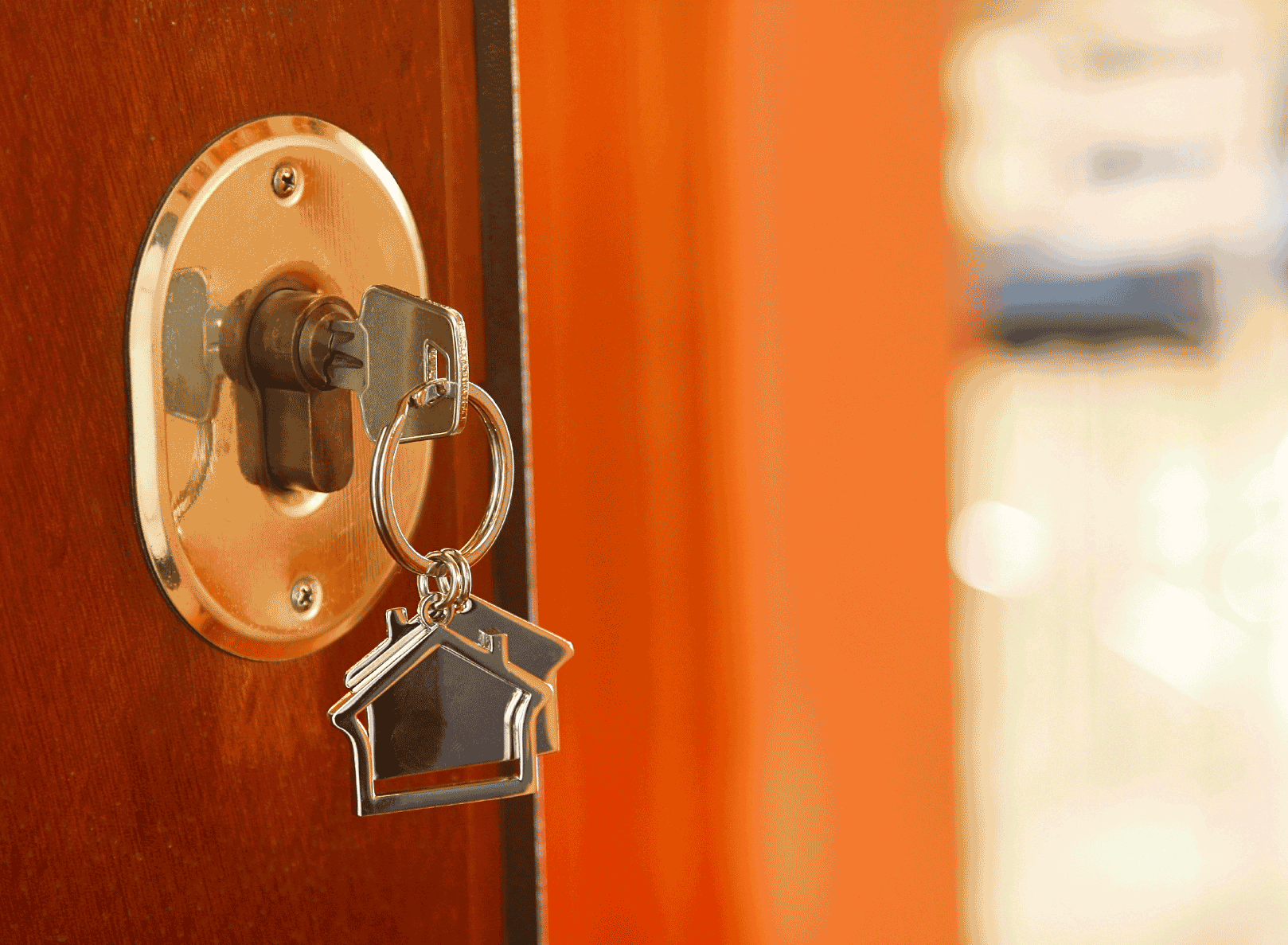

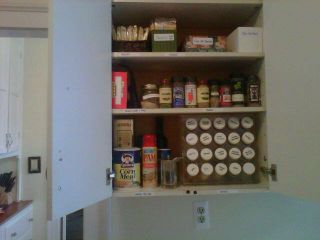
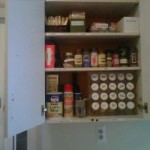



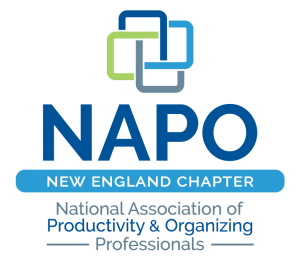
Follow Me